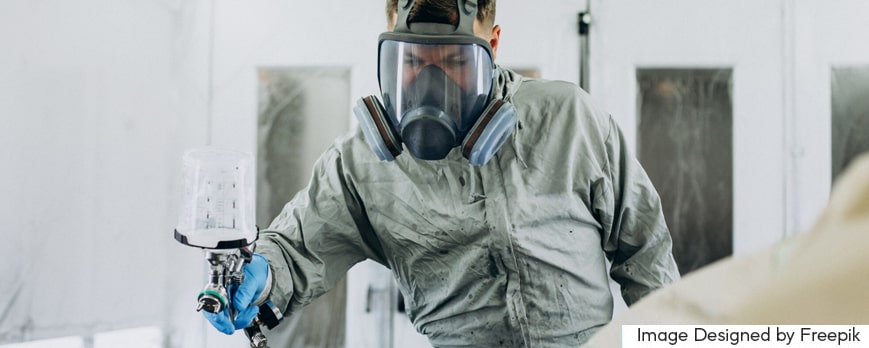Discover the latest regulations on industrial paints and their impact on health, the environment, and the economy. Learn how companies are adapting and how to benefit from them.
The industrial paint industry is crucial for numerous sectors, from construction to manufacturing. However, safety and environmental protection are growing priorities. In this article, we will explore the latest regulations on industrial paints and their impact on various aspects.
History of regulations
Regulations on industrial paints have evolved significantly over time. Previously, they mainly focused on durability and aesthetics. However, with increasing knowledge about the harmful effects of certain chemicals, regulations have become stricter in terms of safety and the environment.
Impact on the industry
The implementation of new regulations has had a noticeable impact on the industrial paint industry. Companies have been forced to reformulate their products to meet safety and environmental protection standards. This has resulted in increased production costs and the need to adopt new technologies.
Benefits of new regulations
Despite the challenges, the new regulations have brought about a number of significant benefits. Reducing harmful chemicals in industrial paints has improved workers’ health and reduced environmental pollution. In addition, safer and more environmentally friendly products have gained consumer confidence.
Compliance technologies and methods
To comply with the new regulations, companies are turning to innovative technologies and more sustainable production methods. From the development of water-based paints to the implementation of waste management systems, the industry is taking a proactive approach to sustainability.
Challenges and obstacles
Despite the benefits, the new regulations also present significant challenges for the industry. Product reformulation and the implementation of new technologies can be costly and require considerable investment. Additionally, the lack of uniform standards worldwide can make compliance in global markets challenging.
Adaptation strategies
To overcome these challenges, companies must adopt effective adaptation strategies. This includes investing in research and development to create safer and more sustainable products, as well as collaborating with regulatory bodies to ensure ongoing compliance.
Economic impact
While new regulations may generate additional costs for companies, they also present significant economic opportunities. The demand for environmentally friendly products is increasing, which can translate into higher revenues and a competitive advantage for companies leading in compliance.
Future outlook
The future of regulations on industrial paints appears to be moving towards stricter standards in terms of safety and sustainability. Technological innovation and collaboration between companies and regulators are expected to drive the development of even more advanced solutions in the future.
Final recommendations
For businesses and consumers, it is essential to stay informed about the latest regulations on industrial paints and their implications. Adopting sustainable practices and safe products is not only beneficial from an environmental and health perspective, but also economically in the long run.
Conclusion
The latest regulations on industrial paints represent an important step towards a safer and more sustainable future. While they present challenges, they also offer opportunities for innovation and economic growth. By working together to comply with these standards, we can protect both people and the planet.

